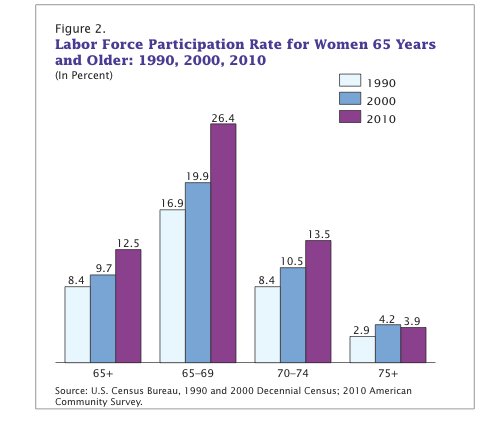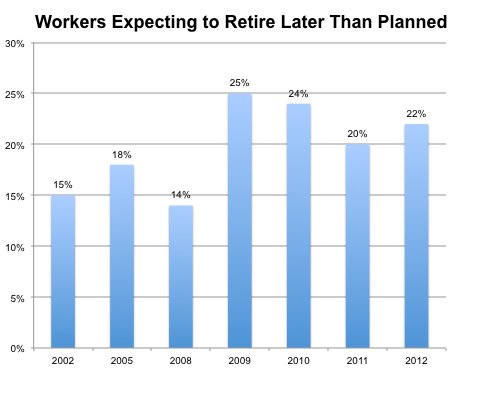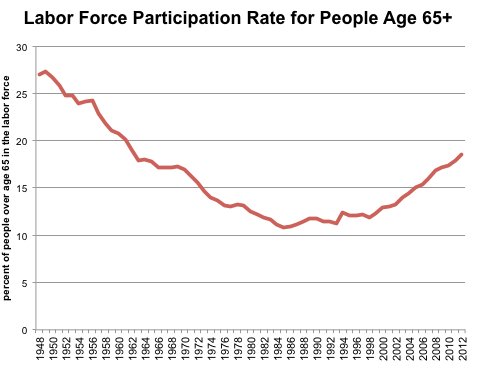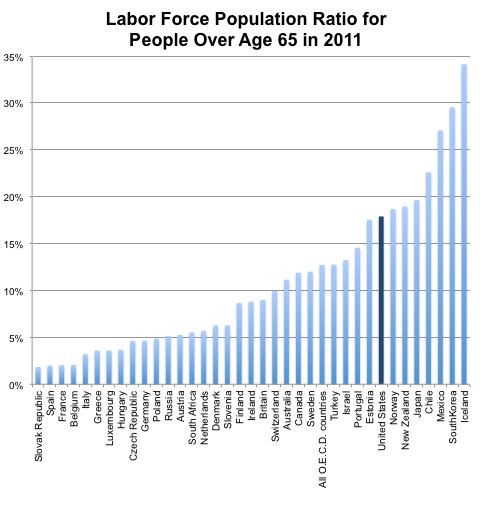The Commerce Department said on Tuesday the trade gap increased 8.5 percent to $40.3 billion. March’s shortfall on the trade balance was revised to $37.1 billion from the previously reported $38.8 billion.
Economists polled by Reuters had expected the trade deficit to rise to $41.0 billion in April.
When adjusted for inflation, the trade gap increased to $47.6 billion from $44.6 billion in March.
Economists said the widening in the so-called real trade deficit indicated that trade continued to weigh on growth early in the second quarter.
“Real trade activity was also softer, suggesting that net trade is continuing to be a drag on domestic economic activity,” said Millan Mulraine, a senior economist at TD Securities in New York.
Trade subtracted a fifth of a percentage point from first-quarter gross domestic product.
U.S. Treasuries held steady at lower levels after the trade data. Stock index futures were little changed.
The economy has hit a speed bump, with higher taxes and government spending cuts crimping consumer spending and weighing on manufacturing activity. Growth estimates for this quarter currently range between a 1.2 percent and 2 percent annual pace.
The economy grew at a 2.4 percent rate in the first three months of the year.
The three-month moving average of the trade deficit, which irons out month-to-month volatility, slipped to $40.42 billion in the three months to April from $41.22 billion in the prior period.
Annual revisions showed the trade deficit in 2012 was smaller than previously reported, with exports revised higher.
In April, imports of goods and services increased 2.4 percent to $227.7 billion. The rebound in imports was mitigated by the lowest value of petroleum imports since November 2010.
Exports of goods and services increased 1.2 percent to $187.4 billion, the second highest on record. The gains came as the value of motor vehicles and parts exports rose to the highest on record.
Exports of consumer goods were also a record high.
Strong export growth helped to lift the economy out of the 2007-09 recession, but momentum has waned in recent months against the backdrop of slowing global demand, especially in China and recession-hit Europe.
The impact from U.S. dollar strength earlier in the year is also taking steam out of export growth.
U.S. exports to the 27-nation European Union fell 7.9 percent in April. Exports to the EU in the first four months of 2013 were down 7.4 percent compared to the same period in 2012.
Exports to the United Kingdom were the lowest since May 2009. Exports to China, which have been growing more slowly than in recent years, declined 4.7 percent in April.
China has been one of the fastest growing markets for U.S. goods, and exports to that country were up 4.8 percent for the first four months of 2013.
Imports from China surged 21.2 percent, lifting the contentious U.S. trade deficit with China to $24.1 billion from $17.9 billion in March.
(Editing by Andrea Ricci)

Article source: http://www.nytimes.com/reuters/2013/06/04/business/04reuters-usa-trade-deficit.html?partner=rss&emc=rss





